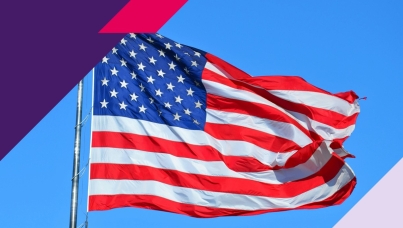Uncover Your Brand's Big Idea
Brand marketers are looking to stake a claim - searching to find that special territory they can occupy and claim that is unique to their brand and their brand alone. Identifying that territory and ensuring it has a credible connection with the brand is the mission of big idea research. To be effective, big ideas must be:
- emotionally engaging
- ownable
- impactful
- campaignable
First, let's acknowledge that big idea development is tough. There are examples of very successful big ideas in the marketplace (dare we utter the words `real beauty') but there are far more examples of not-so-big ideas that never reached that pinnacle of success. In our experience many good ideas are actually hampered by missteps in the development process.
Based on Ipsos ASI's extensive research of brands and advertising, here are five steps to uncovering your brand's big idea:
1. To engage consumers, show that you truly understand them.
Create emotionally engaging and contagious ads. Find a piercing insight that connects with consumers instantly. Reveal to them that you understand something about them that they thought you didn't know.
2. Make sure you can credibly `own' the space you want occupy.
If consumers cannot interpret the connection between the insight and your brand, no matter how much they appreciate the thought, your idea simply won't take root. Be realistic.
3. To motivate consumers, tout something compelling that makes you unique.
Why should anyone want to consider your product or service over another? It is the ability of the big idea to differentiate the brand that ensures the greatest success.
4. Those little taglines make a big difference.
Understand the underlying perceptions that a brand logo or brand icon might have, and whether those perceptions are positive or whether there are hurdles that must be overcome.
5. Contrary to popular belief, visuals just make execution more difficult.
Images can contribute to a consumer's perception of clarity, believability and relevance, but can have a detrimental impact on understanding whether the big idea has potential or not. They can make a weaker big idea test more strongly. In the words of one consumer:
Consumers are no more accepting of big ideas that have visuals than they are of those that don't.
When you're developing your big idea stimulus keep it `raw'. If you say or show too much you actually limit yourself. Stripped down big ideas allow consumers to explore and dream for you - ultimately delivering guided creative freedom as opposed to executional imperatives.
Conclusion
As media environments become more fragmented, more complex, and the number of touchpoints that consumers are exposed to increase exponentially - the path to brand communication success is to discover one platform that can engage consumers and create lasting brand affinity. That platform is the big idea - a compelling truth that guides communication across all media and harnesses a unique power to propel your brand.
A big idea is not an ad. An effective finished ad, working on its own, should create a short term response, impacting an increase in sales volume and on brand equity. A big idea is far more than this; it is the backbone of all your brand communications. It isn't always easy to uncover - but when you do find that gem your brand will shine - guided by strong, consistent, compelling creative across all media - for years to come.



